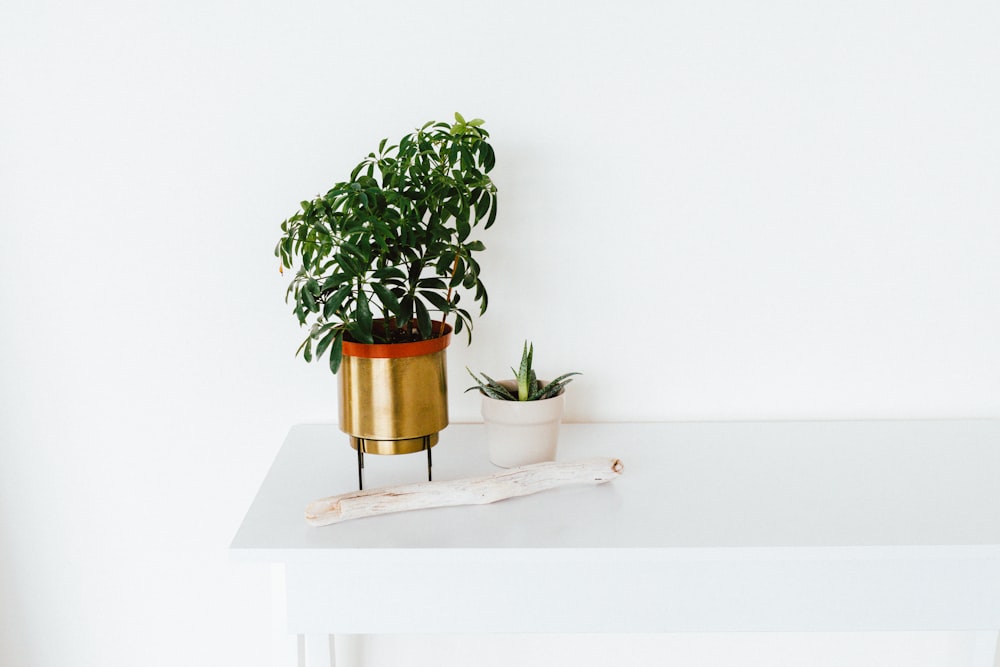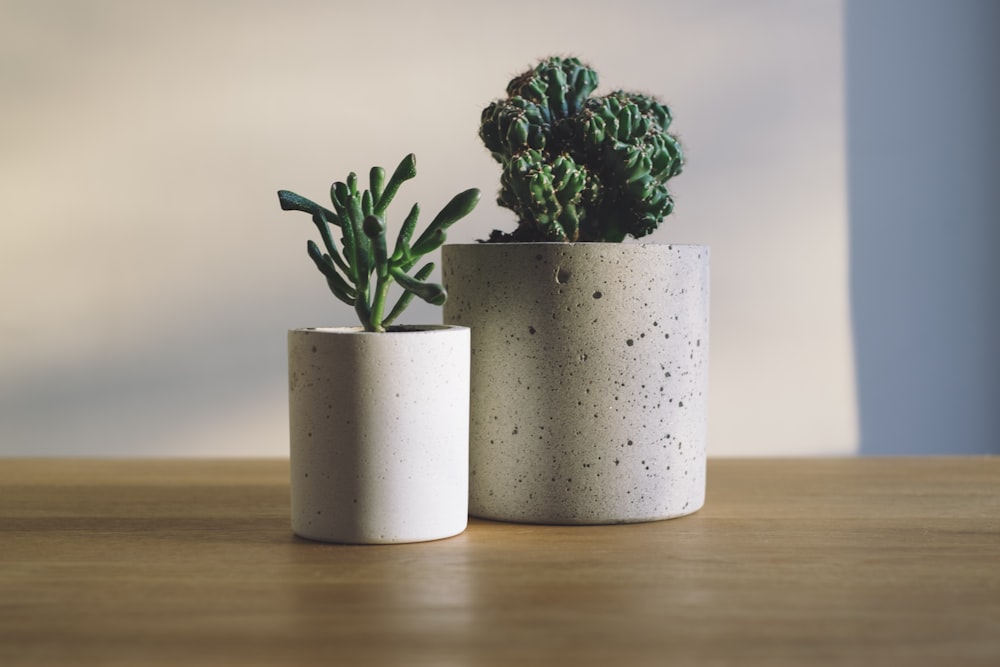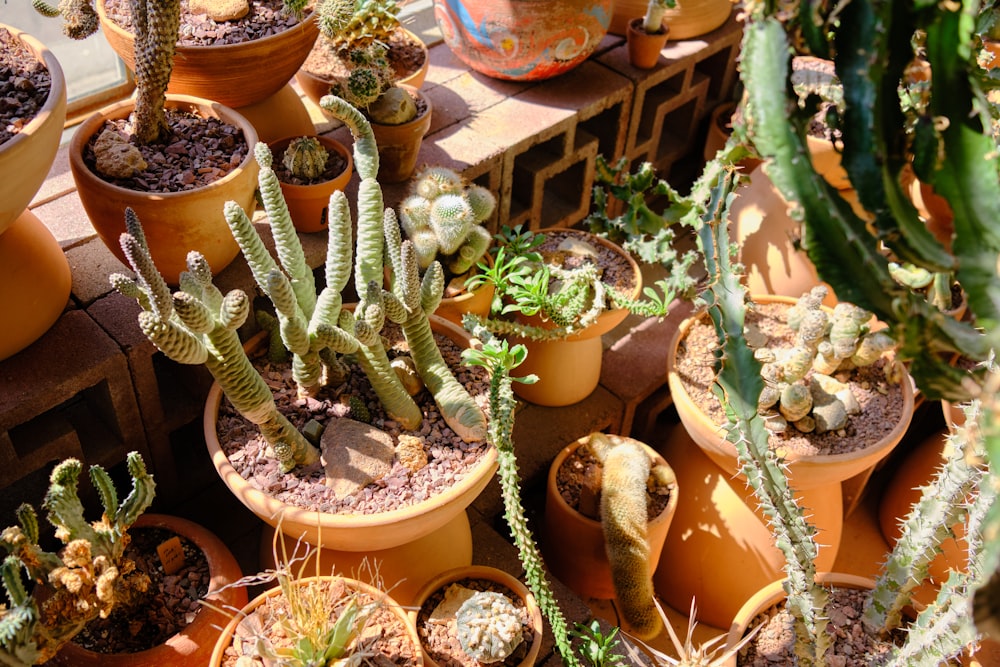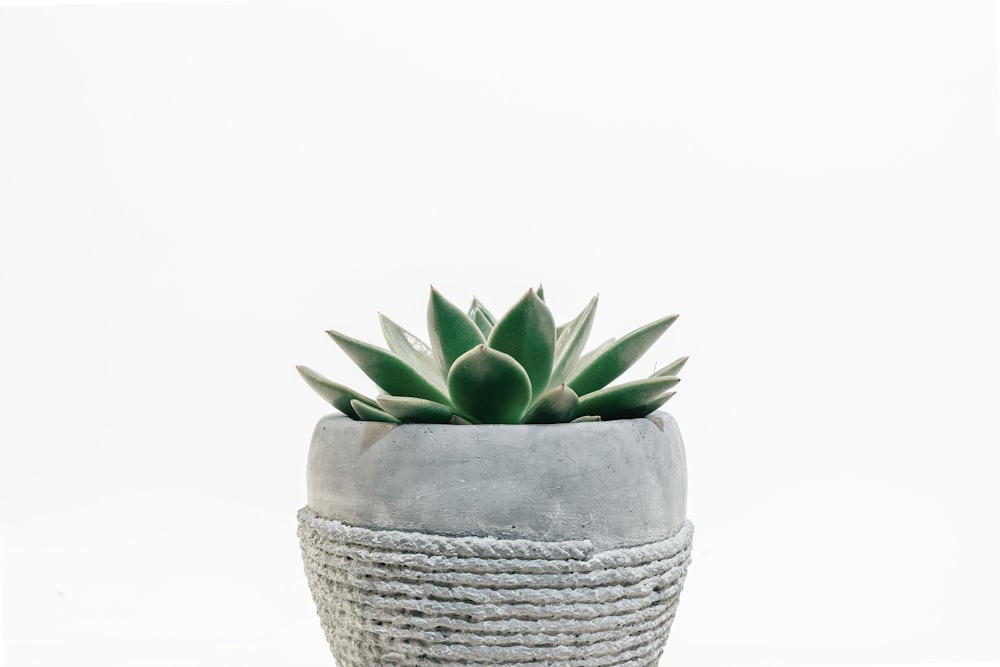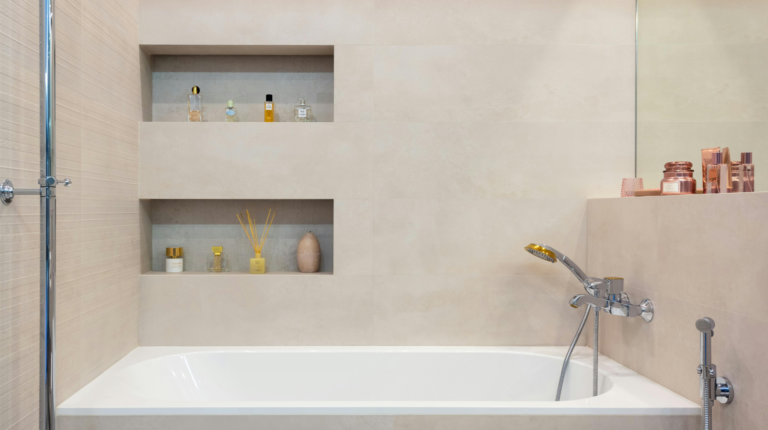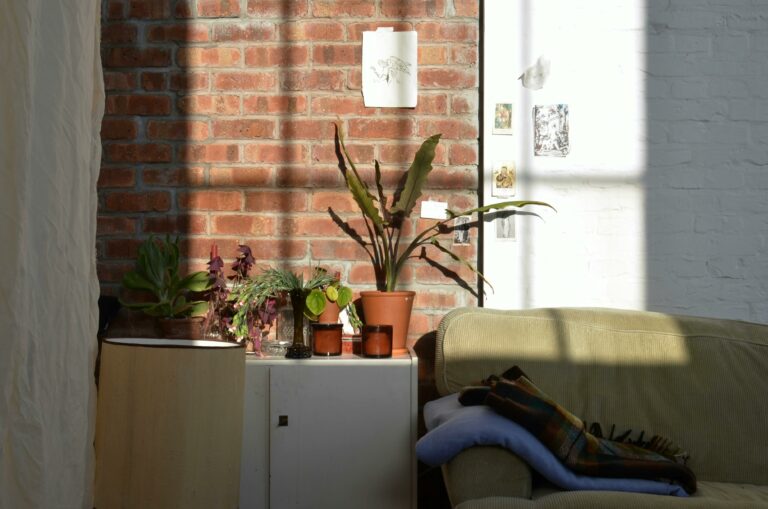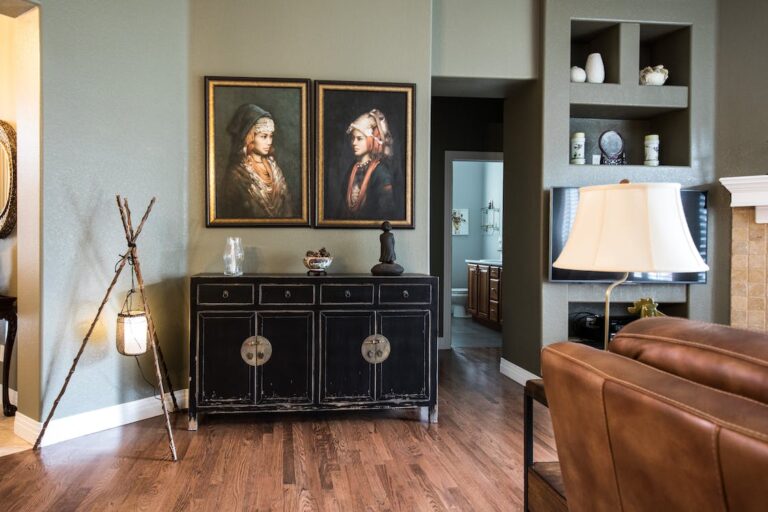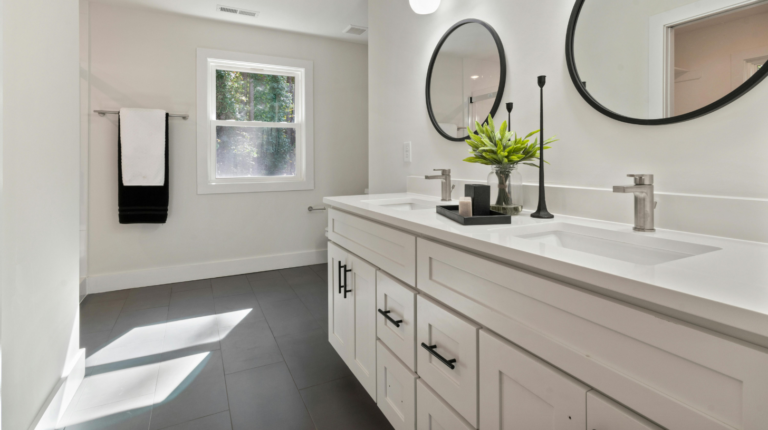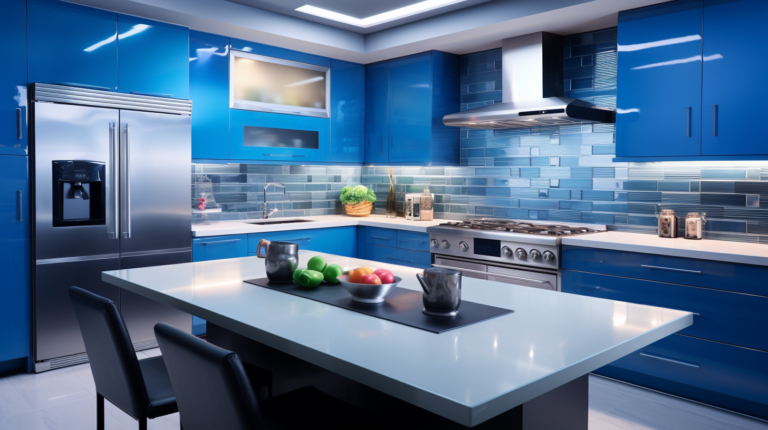Decorating with Plants : Bring Nature into Your Home in 2023
Hey there! Are you looking to add some life and beauty to your home? Well, look no further because I have the perfect solution for you: plants! Decorating your space with plants not only adds a touch of nature but also brings numerous benefits to your overall well-being. Plants have the power to transform any room into a lush oasis, creating a soothing and inviting atmosphere. Whether you have a green thumb or not, there’s definitely a plant out there for you.
In this article “Decorating with Plants : Bring Nature into Your Home in 2023”, we will explore the world of indoor plants and discover how they can enhance your living spaces. We’ll delve into the benefits of decorating with plants, offer tips on choosing the right plants for your home, discuss placement and arrangement techniques, and guide you on caring for your indoor green friends. We’ll also share some popular plant varieties for indoor decoration and provide creative ideas for incorporating plants into different rooms.
But that’s not all! We’ll also touch on sustainable planting practices and offer some fun and easy DIY plant decor ideas that will make your space truly unique. So, get ready to bring nature indoors and transform your home into a sanctuary of greenery and tranquility. Let’s dive in and discover the wonders of decorating with plants!
Table of Contents
- 0.1 Benefits of Decorating with Plants
- 0.2 Choosing the Right Plants
- 0.3 Placement and Arrangement
- 0.4 Caring for Your Indoor Plants
- 0.5 Popular Plant Varieties for Indoor Decoration
- 0.6 Incorporating Plants into Different Rooms
- 0.7 Sustainable Planting Practices
- 0.8 Creative DIY Plant Decor Ideas
- 1 Conclusion
Benefits of Decorating with Plants
Plants are not just beautiful additions to our homes; they also offer numerous benefits for our physical and mental well-being. Decorating your living space with plants can bring nature indoors and create a tranquil and inviting atmosphere. Here are some key benefits of incorporating plants into your home decor:
Improved Air Quality
Plants are nature’s air purifiers, filtering out harmful toxins and releasing oxygen into the air. By having plants indoors, you can improve the air quality in your home, making it fresher and healthier to breathe. Some plants, like the peace lily and spider plant, are particularly effective at removing common indoor pollutants such as formaldehyde, benzene, and trichloroethylene.
Enhanced Aesthetics
Plants add a touch of beauty and vibrancy to any room. They come in a wide variety of shapes, sizes, and colors, allowing you to create a unique and personalized aesthetic in your living space. Whether you prefer lush foliage plants or elegant flowering ones, there is a plant that can complement your interior design style and elevate the overall look of your home.
Reduced Stress and Increased Well-being
Being around plants has been shown to reduce stress levels and promote a sense of well-being. Studies have found that simply looking at plants can help lower blood pressure, reduce anxiety, and improve mood. Furthermore, plants help create a connection to nature, which can have a calming and grounding effect on our mental state.
So, by incorporating plants into your home decor, you can create a more serene and tranquil environment, enhancing your overall sense of well-being.
Remember, the number of plants and their placement depends on the size of your space and personal preference. You can start with a few smaller plants and gradually add more as you become comfortable with plant care. Experiment with different types of plants and arrangements to find what suits your style and brings you joy.
In the next section, let’s explore how to choose the right plants for your home.
Choosing the Right Plants
When it comes to decorating with plants, choosing the right ones is essential to ensure their health and longevity. Not all plants thrive indoors, so it’s important to consider certain factors before bringing them into your home. Here are some key points to keep in mind when choosing the right plants for your space:
Consider Lighting Conditions
One of the most crucial factors to consider is the lighting conditions in your home. Different plants have different light requirements, and it’s important to match them with the available light in your space. Here’s a general guideline:
- Low Light: If your space has limited natural light or you want to decorate a room with minimal light, go for plants that can tolerate low light conditions. Good options include Snake Plants, ZZ Plants, and Pothos.
- Medium Light: For spaces with moderate sunlight, choose plants that can thrive in indirect or filtered light. Some popular choices include Monstera deliciosa, Philodendron, and Peace Lily.
- Bright Light: If your space receives ample natural light, go for plants that love bright, direct sunlight. Examples include succulents, cacti, and some types of Aloe Vera.
Evaluate Space Availability
Consider the available space in your home to determine the size and quantity of plants you can accommodate. This includes both floor space and surfaces like tables, shelves, and windowsills. Some plants, like trailing vines, are great for hanging baskets or macrame plant hangers, while others, like Fiddle Leaf Fig, make a statement as a tall floor plant.
Match Plants to Your Lifestyle and Care Level
Be realistic about your ability to care for plants and choose ones that fit your lifestyle. Some plants require more attention and care, while others are more forgiving. Consider the following:
- Watering Frequency: If you tend to forget to water your plants, opt for drought-tolerant varieties like Snake Plants or ZZ Plants. If you enjoy the routine of regular watering, plants like Pothos or Peace Lily will thrive with consistent moisture.
- Maintenance Level: Some plants require regular pruning, fertilizing, or repotting, while others are low-maintenance. Determine the level of care you’re willing to commit to and choose plants accordingly.
Remember, it’s always a good idea to do some research or consult with experts at a local plant nursery to ensure you’re choosing plants that will thrive in your specific environment.
Placement and Arrangement
When it comes to decorating with plants, placement and arrangement play a crucial role in creating a visually appealing and harmonious indoor environment. Here are some tips to help you make the most of your plant decor:
Identify Suitable Areas for Plants
- Natural Light: Consider the amount of natural light each area of your home receives. Some plants thrive in bright, direct sunlight, while others prefer indirect or low light conditions. Place sun-loving plants near windows or in well-lit spaces, and choose shade-tolerant plants for areas with less light.
- Temperature and Humidity: Different plants have different temperature and humidity requirements. Make sure to place your plants in areas with suitable conditions. For example, avoid placing plants near drafty windows or heat sources that can dry out the air.
- Available Space: Take into account the available space in each room and the size of your plants. Avoid overcrowding by allowing enough room for growth and ensuring that plants have adequate airflow.
Create Visual Balance and Harmony
- Height and Proportions: Vary the height and proportions of your plants to create an interesting and balanced display. Mix taller floor plants with medium-sized plants placed on tables or shelves, and add trailing or hanging plants for added texture and depth.
- Grouping and Clustering: Grouping plants together can create a lush and cohesive look. Consider combining plants with similar care requirements to make watering and maintenance easier. Experiment with different sizes, shapes, and colors for a visually pleasing arrangement.
- Mixing Plant Styles: Mix different plant styles, such as tropical, succulents, or flowering plants, to add variety and interest to your space. Use different types of containers, baskets, or plant stands to add visual appeal.
Experiment with Different Plant Arrangements
- Vertical Gardens: Create a stunning display by arranging plants vertically on a wall or using a plant hanger system. Vertical gardens not only save space but also add a unique touch to your decor.
- Terrariums and Hanging Gardens: Explore the world of terrariums and hanging gardens to add an enchanting display to your home. These miniature landscapes can be a beautiful focal point and conversation starter.
- Statement Plants: Choose a larger, eye-catching plant as a focal point in a room. By showcasing a statement plant, you can create a dramatic impact and draw attention to a particular area.
- Seasonal Decor: Rotate your plants and change their locations throughout the year to keep your decor fresh and in tune with the seasons. Swap out flowering plants or add seasonal accents to celebrate special occasions or holidays.
Remember, experimenting with plant placement and arrangement is part of the fun! Don’t be afraid to move plants around and try different combinations until you find the perfect arrangement that brings life and beauty to your home.
Caring for Your Indoor Plants
Taking care of your indoor plants is crucial for their health and longevity. With the right care and attention, your plants can thrive and bring beauty to your home. Here are some essential tips for caring for your indoor plants:
Providing Adequate Sunlight and Water
- Most indoor plants require bright, indirect sunlight. Place your plants near windows or in well-lit areas of your home.
- Avoid placing them in direct sunlight, as it can cause leaf burn.
- Different plants have different watering needs, so it’s important to understand the water requirements of each plant.
- Ensure that your plants are thoroughly watered, but be cautious not to overwater them. Overwatering can lead to root rot and other problems.
- Check the moisture level of the soil before watering. Stick your finger an inch or two into the soil – if it feels dry, it’s time to water your plants.
- Use room temperature water that has been allowed to stand for a day or two, as it helps remove chlorine and allows the water to reach room temperature.
Maintaining Proper Humidity and Temperature
- Indoor plants often prefer humidity levels higher than those found in most homes. To increase humidity, you can mist your plants regularly or place a tray of water near them.
- Avoid placing your indoor plants near air conditioning vents or drafty areas, as the temperature fluctuations can negatively impact their health.
- Different plants have different temperature requirements, so ensure that you choose plants that can thrive in the temperature range of your home.
Regularly Cleaning and Pruning
- Dust can accumulate on plant leaves, hindering their ability to perform photosynthesis. Wipe the leaves gently with a damp cloth to remove any dust buildup.
- Prune your plants regularly to promote healthy growth and maintain their overall shape. Trim dead leaves, branches, or stems to keep your plants looking their best.
Remember, each plant is unique and may have specific care instructions. Take the time to learn about your plants’ specific needs so that you can provide them with the best care possible. By taking care of your indoor plants, you can enjoy their beauty and reap the benefits they bring to your home.
Also Read: Easy DIY Home Decoration Ideas for a Fresh Look in 2023
Popular Plant Varieties for Indoor Decoration
When it comes to decorating with plants, there are numerous options to choose from. Each plant has its own unique characteristics and benefits. Here are some popular plant varieties that are perfect for indoor decoration:
1. Snake Plant (Sansevieria Trifasciata)
Also known as “Mother-in-law’s Tongue,” the Snake Plant is a popular choice for indoor decoration due to its air-purifying qualities. It requires minimal care and can thrive in low light conditions. Its long and slender leaves have attractive yellow margins, making it a visually appealing addition to any room.
2. ZZ Plant (Zamioculcas zamiifolia)
The ZZ Plant is another low-maintenance plant that is perfect for beginners. It has glossy, dark green leaves that add a touch of elegance to any space. The ZZ Plant can tolerate low light and only needs occasional watering, making it an ideal choice for busy individuals.
3. Pothos (Epipremnum aureum)
Pothos is a versatile and fast-growing plant that is loved for its trailing vines. It has heart-shaped leaves that come in various shades of green. Pothos can tolerate different light levels, but it thrives in bright, indirect light. This plant is great for hanging baskets or placing on shelves.
4. Fiddle Leaf Fig (Ficus Lyrata)
The Fiddle Leaf Fig is a statement plant known for its large, glossy, violin-shaped leaves. It adds a touch of drama and sophistication to any room. This plant requires bright, indirect light and regular watering to thrive. It is important to note that the Fiddle Leaf Fig can be a bit finicky, so it is best suited for experienced plant enthusiasts.
5. Spider Plant (Chlorophytum comosum)
The Spider Plant is a classic choice for indoor decoration. It has long, arching leaves with a beautiful green and white striped pattern. Spider Plants are known for their air-purifying properties and ability to produce baby plantlets, which can be propagated and shared with friends. They can tolerate a wide range of lighting conditions and are relatively easy to care for.
These plant varieties are just a few examples of the many options available for indoor decoration. Each plant has its own unique beauty and benefits, so feel free to explore and find the ones that resonate with your personal style and preferences. Remember to consider lighting conditions, space availability, and care level when choosing the plants that best suit your needs. Happy decorating!
Incorporating Plants into Different Rooms
Plants are a great way to bring life and freshness into any space. Whether you’re a seasoned plant lover or just starting out, incorporating plants into different rooms of your home can make a significant difference in the overall ambiance and aesthetics. Let’s explore some creative ideas for incorporating plants into specific rooms:
Living Room
The living room is often the center of activity in a home, making it the perfect place to showcase your favorite plants. Here are some ideas for incorporating plants into your living room:
- Statement Plants: Choose large, eye-catching plants like the Fiddle Leaf Fig or Rubber Plant as focal points in your living room. These plants add height and drama to the space, creating a stunning visual impact.
- Hanging Plants: Utilize wall space by hanging trailing plants like Pothos or String of Pearls in macrame plant hangers. These plants add a touch of whimsy and create visual interest, especially in areas with high ceilings.
- Tabletop Plants: Place smaller plants like Snake Plants or Peace Lilies on side tables or coffee tables to create cozy, inviting corners. These plants not only enhance the aesthetics but also improve air quality.
Bedroom
Your bedroom should be a peaceful sanctuary where you can relax and unwind. Plants can contribute to this soothing atmosphere. Here’s how you can incorporate plants into your bedroom:
- Air-Purifying Plants: Choose plants known for their air-purifying properties, such as the Spider Plant or Areca Palm. These plants not only add a touch of greenery but also filter out harmful pollutants, promoting better sleep and overall well-being.
- Bedside Plants: Place small plants like Aloe Vera or English Ivy on your bedside table. These plants release oxygen at night, making them perfect companions for a restful night’s sleep.
- Vertical Gardens: If you have limited floor space, consider installing a vertical garden on an empty wall. This unique and visually appealing display can be created using floating shelves or hanging planters, housing a variety of plants like Succulents or Ferns.
Kitchen
The kitchen is not just a space for cooking, but also a hub of activity and creativity. Here’s how you can incorporate plants into your kitchen:
- Herb Garden: Create a functional and beautiful herb garden on your kitchen windowsill. Plant herbs like Basil, Rosemary, or Thyme in small, individual pots or a long planter. These plants not only add a fresh aroma to your kitchen but also provide easy access to flavorful ingredients for your culinary adventures.
- Trailing Plants: Hang trailing plants like String of Hearts or Wandering Jew from the ceiling or high shelves. These plants add a cascading effect, softening the visual lines of the kitchen and creating a charming atmosphere.
- Top of Cabinets: Utilize the space on top of your kitchen cabinets by placing larger plants like the Boston Fern or Peace Lily. This not only adds a touch of greenery but also helps to fill vertical gaps and create a more cohesive look.
Home Office
Working from home can sometimes feel monotonous, but incorporating plants into your home office can make it more inviting and productive. Here are some ideas:
- Desk Plants: Choose small desk plants like Succulents or Chinese Money Plant (Pilea Peperomioides) to place on your workspace. These plants not only add a pop of color but also help improve air quality and reduce stress.
- Shelf Plants: Place taller plants like the Snake Plant or ZZ Plant on bookshelves or storage cabinets near your workspace. These plants act as natural dividers and add visual interest to your home office.
- Wall-Mounted Planters: Set up wall-mounted planters near your desk, housing plants like Spider Plants or String of Pearls. These hanging plants create a unique and lively atmosphere, making your work environment more inspiring.
Bathroom
The bathroom is often overlooked when it comes to incorporating plants, but it can benefit greatly from the presence of greenery. Here’s how you can integrate plants into your bathroom:
- Low-Light Plants: Choose plants that thrive in low light conditions, such as the Snake Plant or ZZ Plant. These plants can flourish in bathrooms with minimal natural light.
- Humidity-Loving Plants: Bathrooms tend to be more humid, making them ideal for plants that love moisture, such as Ferns or Orchids. These plants thrive in the humid environment and add a touch of luxury to your bathroom.
- Wall-Mounted Planters: Install wall-mounted planters or floating shelves near the bathtub or vanity area to house small plants like Air Plants or Tillandsia. These plants add a unique and modern touch to your bathroom décor.
Remember, each room has its own unique characteristics and lighting conditions, so it’s essential to choose plants that are suitable for the specific environment. With a little creativity and careful selection, you can transform your home into a lush and inviting sanctuary by incorporating plants into different rooms.
Sustainable Planting Practices
When it comes to decorating with plants, it’s not just about the aesthetics – it’s also about the impact we have on the environment. By adopting sustainable planting practices, you can create a beautiful indoor garden while minimizing your ecological footprint. Here are some tips to help you embrace sustainability in your plant decor:
Using Organic and Eco-Friendly Soil
- Opt for organic soil that is free from synthetic fertilizers and chemical additives. This not only benefits your plants but also reduces the release of harmful substances into the environment.
- Look for soil that is labeled as “certified organic” or “eco-friendly.” These products are made from natural ingredients and promote healthy plant growth without causing harm to the ecosystem.
- If possible, consider making your own compost. Composting kitchen scraps and yard waste is a great way to create nutrient-rich soil while reducing waste.
Watering Wisely and Avoiding Waste
- Overwatering is a common mistake that not only harms your plants but also wastes water. Ensure that you are only watering your plants when the soil is dry to the touch.
- Use water-efficient techniques such as drip irrigation or a watering can with a narrow spout to control the amount of water you give to each plant.
- Collect rainwater to use for watering your plants. Install a rain barrel or use buckets to catch rainwater, reducing the strain on freshwater resources.
- Consider using a self-watering system or moisture-retaining containers to minimize water waste. These systems provide water directly to the roots, reducing the amount of water lost through evaporation.
Repurposing Containers and Recycling
- Instead of purchasing new pots and planters, repurpose items you already have. Use old mugs, teapots, or tin cans as unique plant containers, adding a personal touch to your indoor garden.
- Explore thrift stores or flea markets for second-hand pots and planters. Not only will you reduce waste, but you might also find some unique and beautiful pieces.
- When it’s time to replace your plants’ pots or containers, recycle the old ones. Many recycling centers accept plastic and ceramic pots for recycling, ensuring they don’t end up in landfills.
By incorporating these sustainable planting practices into your indoor gardening routine, you can reduce your environmental impact and create a greener, more eco-friendly living space. Remember, small changes can make a big difference when it comes to sustainability. So let’s embrace sustainable plant decor and contribute to a healthier planet.
Creative DIY Plant Decor Ideas
If you’re looking to take your plant decorating game to the next level, why not try some creative and fun DIY plant decor ideas? These projects not only add a unique touch to your indoor space but also give you the satisfaction of creating something beautiful with your own hands. Here are some creative DIY plant decor ideas that you can try:
Macrame Plant Hangers
Macrame plant hangers have made a comeback in recent years and it’s easy to see why. They add a boho-chic vibe to any room and are a great way to display your favorite plants. Making a macrame plant hanger is simpler than it looks and can be a fun project to do on a lazy afternoon. You can experiment with different colors and knot patterns to create a unique design that suits your style.
Terrariums and Miniature Gardens
Terrariums are a popular choice for plant lovers who want to create a mini oasis in their homes. These self-contained ecosystems are easy to make and require minimal maintenance. All you need is a glass container, some soil, rocks, and a variety of small plants. You can get creative with the arrangement and create a miniature garden that reflects your personality. Terrariums make great conversation starters and add a touch of green to any space.
Vertical Plant Walls
If you’re short on floor space but still want to incorporate more plants into your home, vertical plant walls are the way to go. These living walls not only look stunning but also help purify the air and create a calming ambiance. You can create a vertical plant wall using a variety of materials, such as wooden pallets, metal grids, or even repurposed picture frames. Arrange your plants in different pots or planters, and let them climb and cascade down the wall for a dramatic effect.
Decorative Plant Stands
A well-designed plant stand can elevate the look of any plant and make it a focal point in a room. Instead of buying expensive plant stands from stores, why not create your own? You can repurpose old furniture like ladders, wooden crates, or even vintage suitcases to create unique and stylish plant stands. Paint them in vibrant colors or leave them in their natural state for a rustic look. Get creative with the arrangement and create a multi-level display that adds visual interest to your space.
DIY plant decor projects are a great way to unleash your creativity and personalize your indoor space. Not only will these projects add beauty and greenery to your home, but they will also bring a sense of accomplishment and pride. So grab your tools and get ready to create something amazing with your plants!
Also Read: The Art of Home Decoration : Tips and Tricks for Homeowners in 2023
Conclusion
Incorporating plants into your home décor is not only a beautiful and aesthetically pleasing choice but also a decision that brings numerous benefits to your living space. With improved air quality, enhanced aesthetics, reduced stress, and increased well-being, plants truly have a transformative effect on any room.
Remember to choose the right plants by considering lighting conditions, space availability, and your lifestyle and care level. Proper placement and arrangement help create visual balance and harmony, allowing your plants to shine as focal points in your home.
Caring for your indoor plants involves providing adequate sunlight and water, maintaining proper humidity and temperature, and regularly cleaning and pruning. By following these steps, you can ensure that your plants thrive for years to come.
There are countless popular plant varieties for indoor decoration, from the low-maintenance Snake Plant and ZZ Plant to the vibrant Pothos and Fiddle Leaf Fig. Each plant brings its own unique charm and character to your space.
Incorporating plants into different rooms of your home adds a touch of nature and tranquility. Whether it’s the living room, bedroom, kitchen, home office, or even the bathroom, plants can truly transform the atmosphere and create a serene oasis.
When practicing sustainable planting, consider using organic and eco-friendly soil, watering wisely, and repurposing containers. These small steps contribute to a greener and healthier environment.
Lastly, get creative with DIY plant decor ideas such as macrame plant hangers, terrariums, vertical plant walls, and decorative plant stands. These projects add a personal touch and showcase your love for plants.
Bring the beauty of nature indoors and enjoy the numerous benefits of decorating with plants. So go ahead, green up your space and create a haven of serenity and serendipity!
For more inspiration on home and interior design, decoration ideas, and the latest architectural trends, check out Arkitecture Today. Happy decorating!
Frequently Asked Questions
- What are some benefits of decorating with plants?Decorating with plants has several benefits, including improved air quality, reduced stress levels, increased productivity, enhanced mood, and added aesthetic appeal to interior spaces.
- Which plants are best for indoor decoration?Some popular plants for indoor decoration include spider plants, pothos, peace lilies, snake plants, and rubber plants. These plants are low-maintenance, tolerate different light conditions, and can thrive in indoor environments.
- How can I incorporate plants into my home decor?You can incorporate plants into your home decor by placing them on window sills, shelves, or hanging them in baskets or macrame planters. You can also create a focal point with a large potted plant or create a living wall with multiple smaller plants.
- What care do indoor plants require?Indoor plants generally require regular watering, adequate light (specific to each plant’s needs), occasional fertilization, and removal of dead leaves. Additionally, it’s important to keep an eye out for pests and diseases and take necessary measures to prevent or treat them.
- Can I use artificial plants instead of real ones?Yes, using artificial plants is an option if you prefer low-maintenance decor. However, keep in mind that while artificial plants don’t require watering or sunlight, they don’t provide the same health benefits as live plants and may not create the same natural ambiance.




